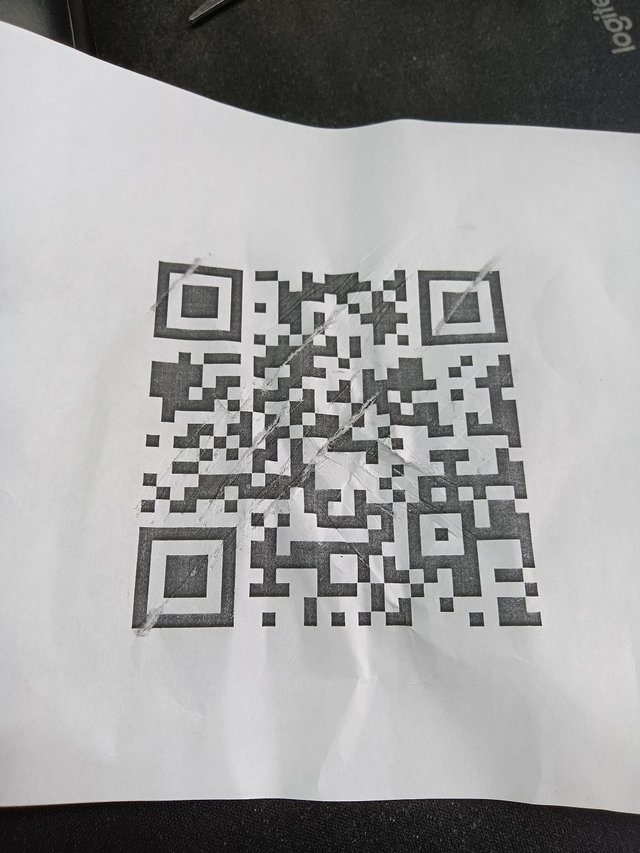Barcodes are widely used across various industries. They have helped automate various manual processes, improving accuracy and productivity. Various complex tasks, which earlier required considerable labor, can now be completed with a barcode scan.
However, barcodes are not completely error-free. Sometimes, underlying factors, such as inadequate lighting, wrinkling, twisting, etc., can cause barcode scanning errors. This can compromise your operational chain, which could ultimately have negative consequences. For instance, you might ship products to an incorrect location or send expired or damaged products.
However, you can avoid such losses by understanding the problems related to barcode scanning. For instance, you can plan or implement better barcode scanner software to decode them correctly.

Here are some of the most common causes of barcode failures and their possible solutions:
Inadequate Contrast
Barcodes use a pattern of contrasting dark and light elements to represent the encoded information. These elements are represented in various designs, like parallel light and dark lines, dots, squares, etc. Adequate contrast between these elements is necessary. Otherwise, the barcode scanner software won't decode the barcode accurately. However, the contrast between these elements can be affected for various reasons. An extremely dark printing surface or a highly reflective surface can provide varying contrast while decoding.
Another cause of inadequate contrast is unevenly printed dark and light elements. Without sufficient uniformity, the barcode scanning software cannot distinguish between these elements. This will either make it blind to the barcode or reduce the decoding distance.
Solution
In cases where the printed surface presents problems, lighting equipment can be tailored to mitigate them. For instance, diffused light can illuminate the barcode on a highly reflective surface. It will greatly reduce the reflection and provide better contrast.
Similarly, you can use low-angle lighting to target specific regions for proper illumination for an engraved or dark surface. For unevenly printed barcodes, printing or marking equipment adjustments should be made to get even imprints.
Improper Quiet Zone
Every barcode has a ‘quiet or no-print zone’ that should be completely free of any marking. This zone provides the necessary separation from the surrounding space needed by the barcode scanner to read the code.
Sometimes, improper printing may result in text or symbols being printed in the quiet zone. This can hinder the barcode reader from properly decoding the code. Eventually, it leads to reading failure or an incorrectly decoded barcode.
Solution
Quiet zone violations are easily fixable. They commonly occur due to a lack of consideration for space around the barcode. You can simply adjust your printer's settings to meet the quiet zone requirements. For 1D codes, it should be a minimum of 10 times the width of its thinnest bar. For 2D codes, the quiet zone is 10% of either height or width, whichever is smaller. Since the quiet zone has no upper space limit, you can use the maximum possible space for accurate barcode decoding. In cases where text is bleeding, optimize your printers to avoid smudging.
Irregularly placed the reader
Sometimes, even a perfectly readable barcode may give you a no-read result. This happens due to the improper physical position of the scanner. The angle at which the barcode scanner is placed and the position of barcodes relative to it can impact decoding. Generally, in such cases, in-built scanner technology is not accommodated to that particular angle or orientation.
Each barcode reader has unique requirements to scan the barcode accurately. When not met, it usually leads to no-read results or improper barcode decoding. For example, the scan line must be perpendicular to the barcode in laser scanners. If not, the barcode is not properly decoded.
Solution
The simplest solution for such QR code scanning problems is properly orienting your scanner. You must thoroughly know the technical specifications of your barcode reader, its limitations, and its requirements. This way, you can choose the optimal orientation for your barcode scanner.
If the application software creates the issue, you can try changing it to another one. Some barcode scanner software can be programmed to read at challenging or unpredictable angles. A few barcode readers come with in-built autofocus, allowing them to adjust their focal length automatically.
Conclusion
While sometimes barcode scanning problems may seem unavoidable, that doesn't mean they are unsolvable. Each scanning problem has an underlying cause that can be easily mitigated. You can use different surfaces to print your barcode or modify your lighting equipment if there are contrasting issues.
Similarly, when there is bleeding into the quiet zone, you can recalibrate your printing machines. You need to understand that each of them can be solved easily. The only key is understanding and recognizing them before they get out of control.